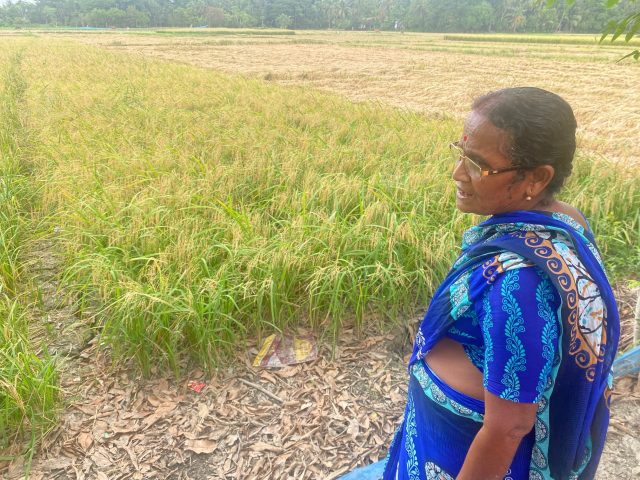by Frank van Steenbergen

Snapshot from Basurabad, coastal Bangladesh:
The last ten years have seen a transformation of agriculture and economy. New short duration rice varieties have been introduced with 50% extra yields and much shorter growing periods making it possible possible to use the land for one or more extra crops. The new varieties also need also more precise micro water management and have caused farmers to make field bunds and simple gated outlet structures. It has brought wealth to farmers as can be seen from new houses and higher motorbike ownership.
With the triple cropping, the rodent population has grown exponentially too. There are no more lean seasons, rodents always have access to food now. Because of small differences in land level, rice fields mature at different times in coastal villages and rats can endlessly move from one field to another. The rodent population soars especially during the flowering season.
There is no systematic control of the rodents. Improved storage – elevated from the ground – have become popular, as otherwise little would be left of the harvest. Some people use traps when there are many rats – but it is better to use these when the rat population is at its lowest, so as to slow down the multiplication later in the year. Keeping aats is gaining popularity. The most spectacular rodent control method is the use of high tension electric wire with usually dozens if not more rats tripping over and falling dead. The electric wire, however, is extremely dangerous and some one is posted all the time while it is live, to make sure no human or domestic animal gets near.
There is a case here for ecologically based rodent management (EBRM). In EBRM, access to food, shelter and easy movement of the rodent population is systematically curtailed based on a robust understanding of rodent behaviour (habitat, movement, diurnal patterns, breeding over the seasons). Traps and biological rodenticides are used cleverly, when the population is at the low point. In Basurabad, trap barriers placed early in the season would do well. They consist of a fenced irrigated parcel of land tempting the rodents when there is no food elsewhere, and capturing them with traps placed within this larger trap.
To know more about EBRM, do visit https://www.rodentgreen.com/
Watch this video for a short explanation of EBRM
Listen to this podcast on the rodent problem in agriculture worldwide:




